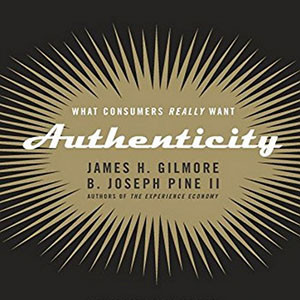 Authenticity: What Consumers Really Want
Authenticity: What Consumers Really Want
People prefer something real from someone genuine over something fake from some phony. Consumers judge an offering's (and a company's) authenticity as much as - if not more than - price, quality, and availability. Gilmore and Pine examine different genres of authenticity, charting how to be "true to self" and what you say you are, and crafting and implementing business strategies for rendering authenticity.
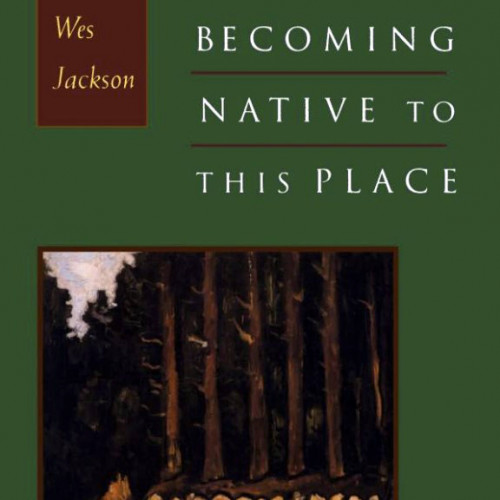 Becoming Native to This Place
Becoming Native to This Place
Jackson lays the foundation for a new farming economy grounded in nature's principles and located in dying small towns and rural communities. Exploding the tenets of industrial agriculture, Jackson seeks to integrate food production with nature in a way that sustains both.
 Beyond Culture
Beyond Culture
Hall's contributes to the theory of intercultural communication include discussions of a wide range of fundamentally applicable topics such as high context vs. low context culture, monochronic time vs. polychronic time, the interpretation of body language, cultural use of space and time, personal space and territory, nonverbal communication, and cultural unconsciousness.
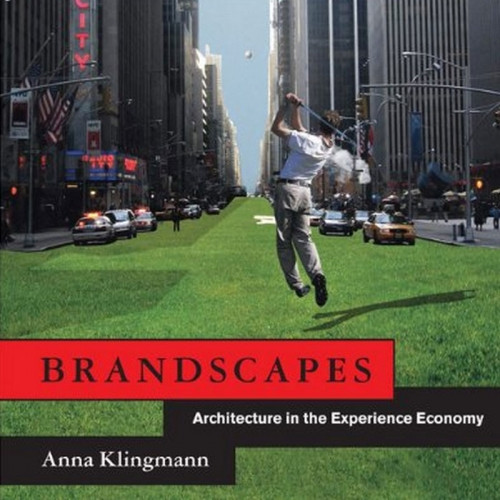 Brandscapes - Architecture in the Experience Economy
Brandscapes - Architecture in the Experience Economy
Klingmann argues buildings are not about where we work and live but who we imagine ourselves to be. In Brandscapes, she looks critically at the controversial practice of branding by examining its benefits, and considering the damage it may do. Klingmann argues that architecture can use the concepts and methods of branding - not as a quick-and-easy selling tool for architects but as a strategic tool for economic and cultural transformation.
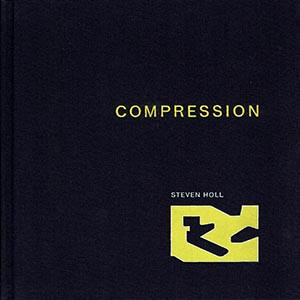 Compression
Compression
A collection of thirty-five major projects from the past decade. Holl applies concepts from neuroscience, literature, social science, and philosophy to develop the idea of compression: the condensation of material and social forces to create meaningful and sustainable architecture. All demonstrate his poetic attention to light, space, and water; a subtle and tactile employment of material and color; and an awareness of architecture's potential to connect people through inspiring public spaces.
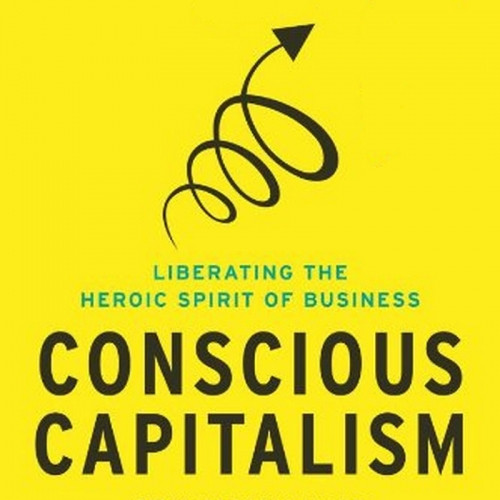 Conscious Capitalism: Liberating the Heroic Spirit of Business
Conscious Capitalism: Liberating the Heroic Spirit of Business
Mackey and Sisodia argue for the inherent good of both business and capitalism. Featuring some of todays best-known companies, they illustrate how these two forces work to create value for all stakeholders, including customers, employees, suppliers, investors, society, and the environment. These Conscious Capitalism companies use four specific tenets - higher purpose, stakeholder integration, conscious leadership, and conscious culture and management - to build strong businesses and help advance capitalism further toward realizing its highest potential.
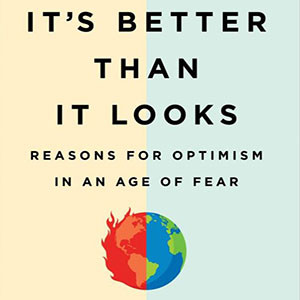 It's Better Than It Looks
It's Better Than It Looks
"Optimism does not make us blind to the many faults of the world. Rather, optimism is the conviction that problems can be solved if we roll up our sleeves and get to work." Pro-active, positive activism is a fundamental premise of our practice. Easterbrook offers empowering, bright, and articulate arguments of encouragement.
 Kiss the Ground
Kiss the Ground
Tickell explains an incredible truth: by changing our diets to a soil-nourishing, regenerative agriculture diet, we can reverse global warming, harvest healthy, abundant food, and eliminate the poisonous substances that are harming our children, pets, bodies, and ultimately our planet.
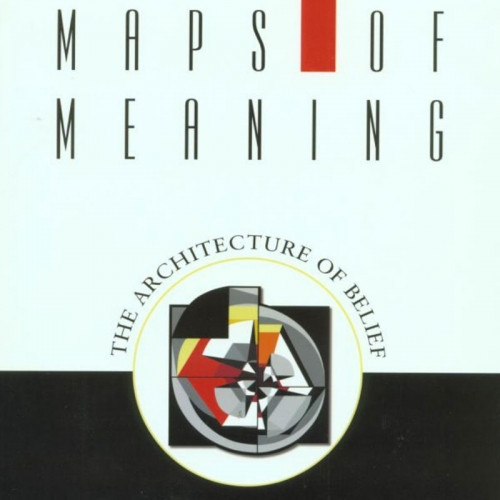 Maps of Meaning: The Architecture of Belief
Maps of Meaning: The Architecture of Belief
People from different cultures and eras have formulated myths and stories with similar structures. Peterson explores the connection between what modern neuropsychology tells us about the brain and what rituals, myths, and religious stories have long narrated. A cutting-edge work that brings together neuropsychology, cognitive science, and Freudian and Jungian approaches to mythology and narrative, Maps of Meaning presents a rich theory that makes the wisdom and meaning of myth accessible to the critical modern mind.
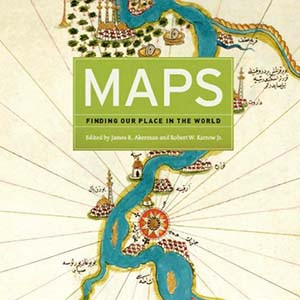 Maps: Finding Our Place in the World
Maps: Finding Our Place in the World
Architects draw maps all the time. We call them things like 'plans' or 'sections'. This exhaustive compilation of studies in cartography challenges us to stretch our conventional thinking about what constitutes a map and how many different ways we can understand graphically the environment in which we live.
 Massive Change
Massive Change
Massive Change is an illustrated primer on the new inventions, technologies, and events that are affecting the human race worldwide. It explores changing forces of design in the contemporary world and expands the definition of design to include the built environment, transportation technologies, revolutionary materials, energy and information systems, and living organisms. In its totality, this volume embodies a graphic timeline of significant inventions and world events from 10,000 BC to the present.
 One Hundred Thirteen Million Markets of One
One Hundred Thirteen Million Markets of One
Seventy seven per cent of discretionary spending - the engine that drives the American economy - comes from just 46 percent of the population. This largely undetected group is responsible for those parts of the American economy that are thriving despite the toughest conditions in living memory have remained undetected by businesses and government. Their discovery points to blueprint for building a sustainable economic engine, capable of powering America out of its current crisis and through the next century.
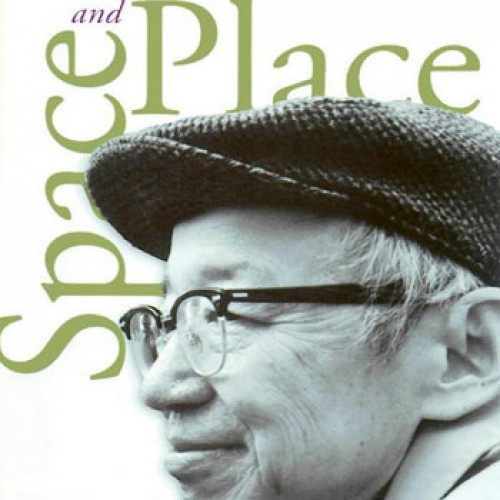 Space and Place
Space and Place
A study of the ways in which people feel and think about space, how they form attachments to home, neighborhood, and nation, and how feelings about space and place are affected by the sense of time. Since it is the breadth and universality of his argument that concerns Yi-Fu Tuan, experience is defined as all the modes by which a person knows and constructs reality, and examples are taken with equal ease from non-literate cultures, from ancient and modern oriental and western civilizations, from novels, poetry, anthropology, psychology, and theology.
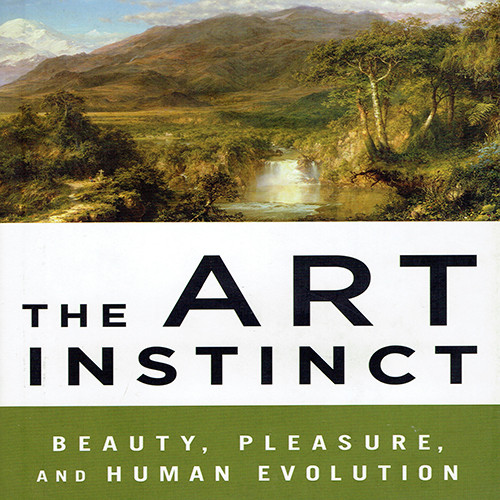 The Art Instinct
The Art Instinct
Human tastes in the arts, Dutton argues, are evolutionary traits. They are not, as the past century of art criticism and academic theory would have it, just "socially constructed." Our love of beauty is inborn, and many aesthetic tastes are shared across remote cultures. Dutton shows that we must premise art criticism on an understanding of evolution, not on abstract "theory." He restores the place of beauty, pleasure, and skill as artistic values.
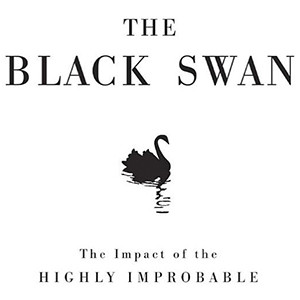 The Black Swan: The Impact of the Highly Improbable
The Black Swan: The Impact of the Highly Improbable
A black swan is an event, positive or negative, that is deemed improbable yet causes massive consequences. In this groundbreaking and prophetic book, Taleb shows in a playful way that Black Swan events explain almost everything about our world, and yet we—especially the experts—are blind to them.
 The Cultural Animal: Human Nature, Meaning, and Social Life
The Cultural Animal: Human Nature, Meaning, and Social Life
Turning conventional wisdom on its head, the author argues that culture shaped human evolution. Contrary to theories that depict the individual's relation to society as one of victimization, endless malleability, or just a square peg in a round hole, he proposes that the individual human being is designed by nature to be part of society. Moreover, he argues that we need to briefly set aside the endless study of cultural differences to look at what most cultures have in common - because that holds the key to human nature.
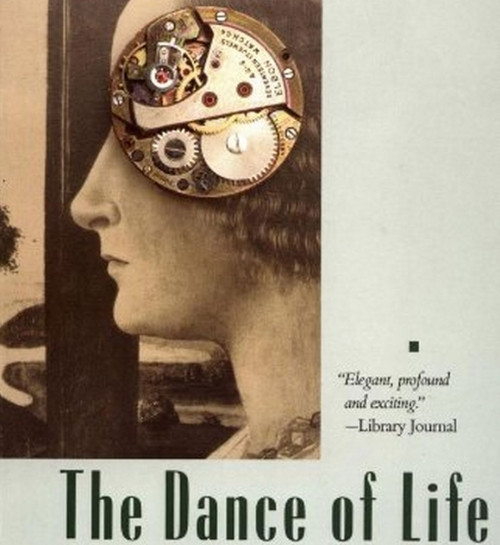 The Dance of Life
The Dance of Life
First published in 1983, this book studies how people are tied together and yet isolated by hidden threads of rhythm and walls of time. Time is treated as a language, organizer, and message system revealing people's feelings about each other and reflecting differences between cultures.
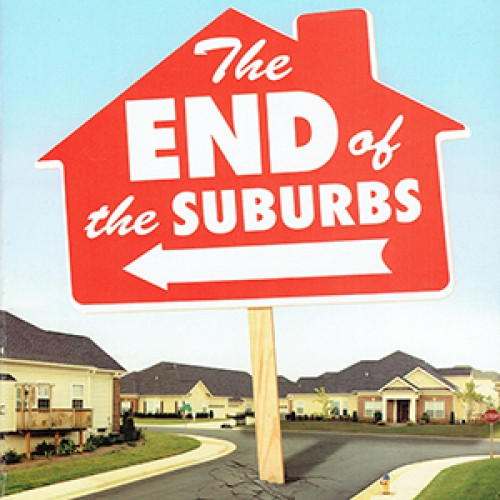 The End of the Suburbs
The End of the Suburbs
Gallagher explains why understanding the shifts taking place in American housing markets is imperative to any discussion about the future of our housing landscape and of our society itselfand why that future will bring us stronger, healthier, happier and more diverse communities for everyone.
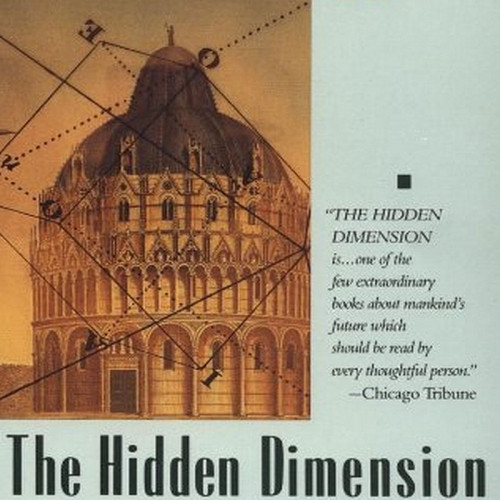 The Hidden Dimension
The Hidden Dimension
An examination of various cultural concepts of space and how differences among them affect modern society. Introducing the science of "proxemics," Hall demonstrates how man's use of space can affect personal business relations, cross-cultural exchanges, architecture, city planning, and urban renewal.
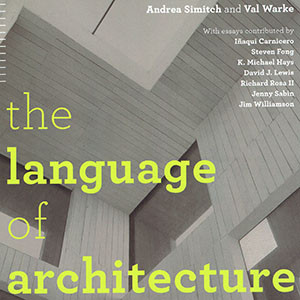 The Language of Architecture
The Language of Architecture
In order to master the foundation of architecture, one must master the basic building blocks of its language; the definitions, function, and usage. The Language of Architecture addresses the basic elements of architectural design, divided into twenty-six concise chapters. This visual reference includes an introduction to architecture design, historical view of the elements, as well as an overview of how these elements can and have been used across multiple design disciplines.
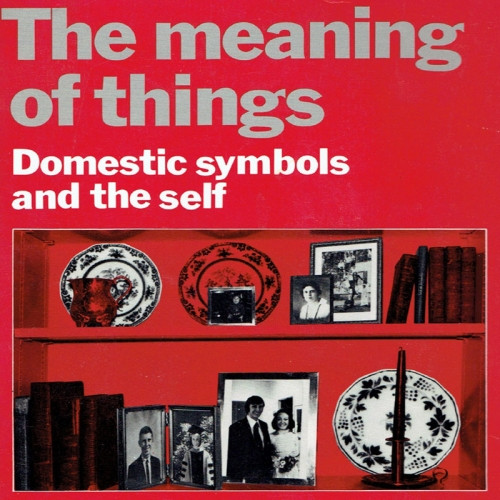 The Meaning of Things
The Meaning of Things
The meaning of things is a study of the significance of material possessions in contemporary urban life, and of the ways people carve meaning out of their domestic environment. An important finding is the distinction between objects valued for action and those valued for contemplation. The authors address what they describe as the current crisis of environmental and material exploitation, and suggest that human capacities for the creation and redirection of meaning offer the only hope for survival.
 The Silent Language
The Silent Language
Leading anthropologist Hall analyzes the many aspects of non-verbal communication and considers the concepts of space and time as tools for transmission of messages. His stimulating work is of interest to both the intelligent general reader and the sophisticated social scientist.
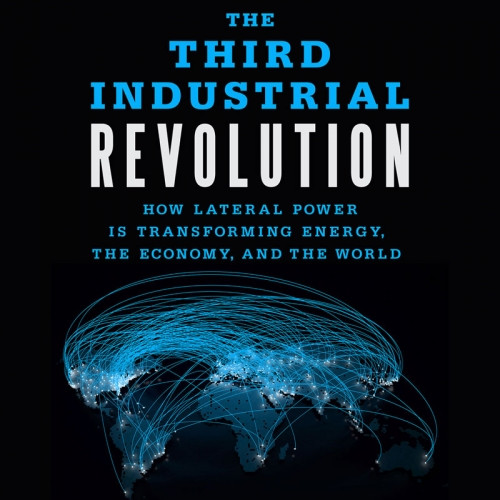 The Third Industrial Revolution: How Lateral Power is Transforming Energy, the Economy, and the World
The Third Industrial Revolution: How Lateral Power is Transforming Energy, the Economy, and the World
Rifkin explores how internet technology and renewable energy are merging to create a Third Industrial Revolution where hundreds of millions of people produce their own energy in homes, offices, and factories, and share it in an energy internet, just like we now create and share information online. He describes how this will create thousands of businesses, millions of jobs, and changes to the way we conduct commerce, govern society, educate our children, and engage in civic life.
 The Uninhabitable Earth - Life After Warming
The Uninhabitable Earth - Life After Warming
It is worse, much worse, than you think. If your anxiety about global warming is dominated by fears of sea-level rise, you are barely scratching the surface. Without a revolution in how billions of humans conduct their lives, parts of the Earth could become close to uninhabitable, and other parts horrifically inhospitable, as soon as the end of this century. The Uninhabitable Earth is an impassioned call to action. For just as the world was brought to the brink of catastrophe within the span of a lifetime, the responsibility to avoid it now belongs to a single generation.
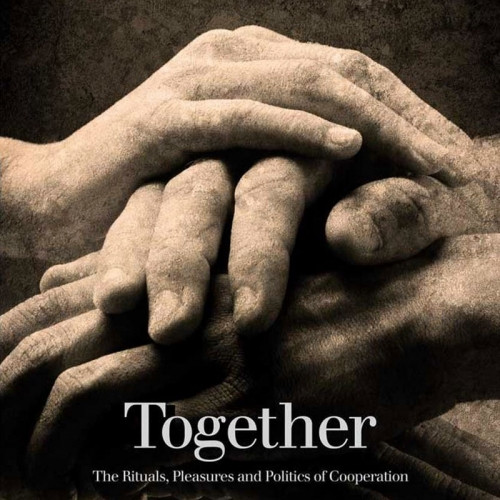 Together: The Rituals, Pleasures and Politics of Cooperation
Together: The Rituals, Pleasures and Politics of Cooperation
We tend socially to avoid engaging with people unlike ourselves, and modern culture encourages the politics of the tribe rather than of the city. Sennett discusses why this has happened and what might be done about it, suggesting that cooperation is a craft, and the foundations for skillful cooperation lie in learning to listen well and discuss rather than debate. He warns that we must learn the craft of cooperation if we are to make our complex society prosper, and reassures us that the capacity for cooperation is embedded in human nature.